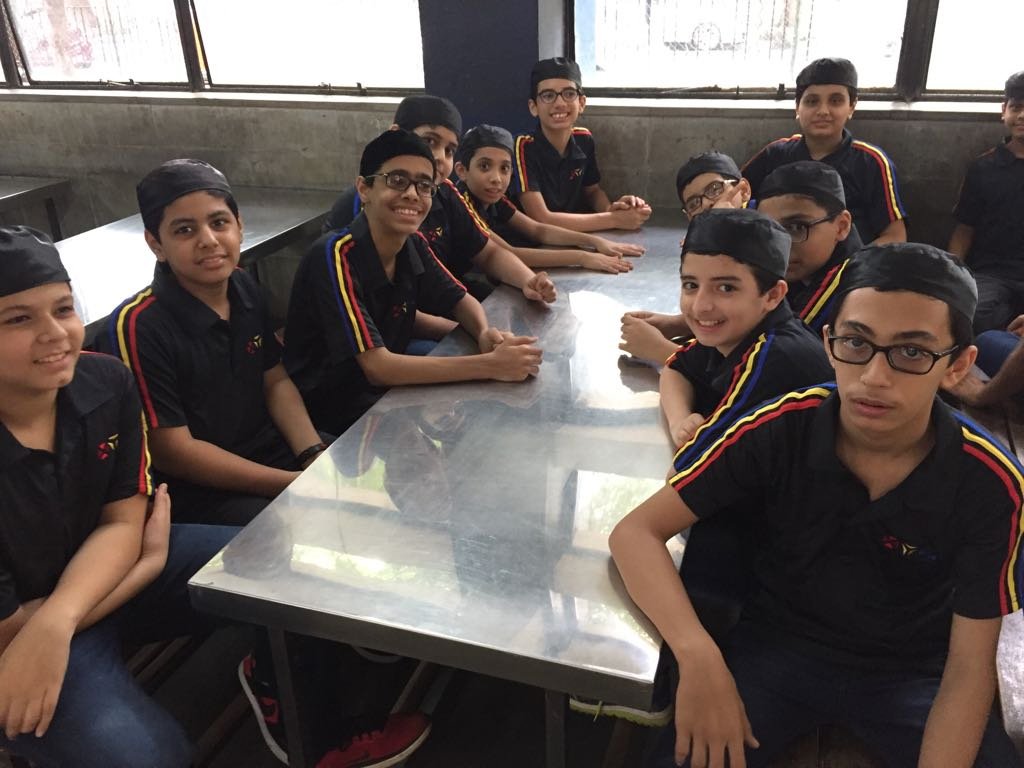Parsi theatre will last till the last Parsi, says Yazdi Karanjia
The scenes take the audience directly in the middle of a Parsi household and witty dialogues leave them in splits as actors present relationships and societal issues in trademark Parsi Gujarati. One immediately gets sucked into the world of Parsi theatre. However, with only a few performers active now, will the Parsi theatre survive?
Yazdi Karanjia, an octogenarian Surti and one of the doyens of Parsi theatre in Gujarat, was in Ahmedabad on Saturday to deliver a talk on the history of Parsi theatre as part of a three-day literary festival organized by Gujarat University. “The question about survival of Parsi theatre is one of the most frequently asked questions nowadays, but I am hopeful that the theatre will be alive till the last of Parsis is alive,” he said. He accepts that the younger generation has found a new calling but the aficionados will keep it going.
What keeps the theatre going? “Humour is the soul of Parsi theatre. I personally see it this way — there would be someone in the audience whom I would be able to touch with my performance and make him/her laugh. What makes Parsi theatre unique is, there are few professionals. All the performers have a day job and thus it is more about love. All my performances are for charity,” said Karanjia.
Talking about the history of Parsi theatre, he said that the roots lie in performances by Parsi troops on popular Shakespearean plays during 1840s. In that sense, Parsis brought Shakespeare, whose 400th death anniversary is celebrated worldwide in 2016, to India. Afterwards, Faramjee Dalal staged very popular ‘Rustom and Sohrab’ in 1850s, laying the foundation for original Parsi productions.
“Mumbai, then Bombay, was naturally the epicentre of activities as the theatre benefited from versatile artists and directors such as Kekashru Kabraji who even performed Hindu stories such as Harishchandra and Taramati and brought the families to the theatre. There used to be cradles outside theatres to pacify children. The performances used to last for entire night as more often than not actors had to give in to ‘once more’ requests for specific scenes and songs,” said Karanjia.
Dadi Patel brought in a sweeping change by introducing women for the first time as women characters in his play Indrasabha. “It became such a scandal that the shows were performed with policemen outside. By the end of 19th century, Parsis also started Urdu play for the first time. With Adi Marzban, modern Parsi theatre was born in 1950s. The drama got concise with modern techniques and sharper social commentary,” said Karanjia.
He says that in past half century, the theatre has got sustained by a number of talented actors while being affected by the wave of change in Gujarati theatre at large. “But today the youth aspire for Broadway, which is not wrong. The theatre presents a slice of life of Parsi and thus has remained integral part of Parsi culture across the globe. There were apprehensions even when TV came about future of cinema but like other mediums, the plays have also sustained themselves and evolved with time,” he said.
Published on Times Of India





